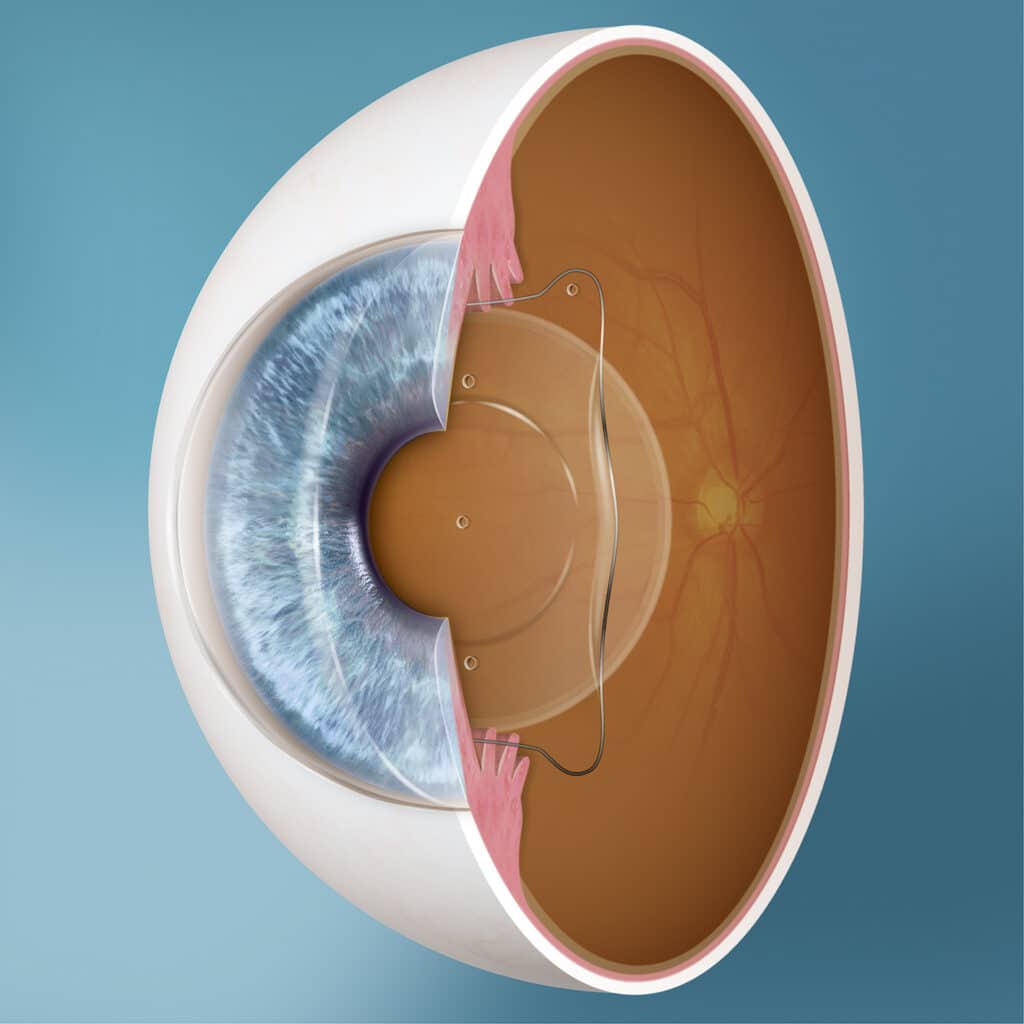When Eye Dryness Is More Than Just a Minor Issue
Have you ever felt dryness and discomfort in your eyes after just a few hours of wearing contact lenses? Don’t dismiss it as something normal. In fact, dry, irritated eyes are often an early sign that your tear film isn’t functioning properly — or that your cornea is beginning to suffer microdamage from constant lens friction.

A person inserting a contact lens onto the cornea
This is especially common for people who are naturally prone to dry eyes, or those who wear lenses frequently in air-conditioned environments or spend long hours in front of screens. Without timely rest and adjustments, eye dryness can escalate into corneal inflammation or even superficial corneal ulcers.
The cornea — the clear outer layer of your eye — is extremely sensitive due to its high density of nerve endings. When it’s no longer adequately lubricated, even the slightest friction can cause fatigue, pain, or microscopic scratches on the surface. Continuing to wear contact lenses in this state increases your risk of keratitis and long-term damage.
Signs Your Eyes Need a Break
– Blurry vision by the end of the day, especially in air-conditioned rooms
– Eye strain or light sensitivity after long periods of focus
– Increased tearing, yet still feeling dry
– A gritty, foreign body sensation in the eye
These are subtle but crucial early symptoms. Dry eye discomfort is often ignored because it doesn’t feel “serious” enough to stop — but it’s often the starting point of more serious visual disturbances if left unaddressed.
It’s Not the Lens – It’s How You Use It

A person experiencing eye strain and dryness while using a phone at night
| Common Cause | Potential Impact |
|---|---|
| Wearing lenses for too many hours per day | Reduced oxygen exchange → corneal fatigue and dryness |
| Inherently weak tear film | Insufficient natural protection for the eye surface |
| Using an unsuitable lens solution | Can cause irritation or disrupt tear balance |
| Poor lens hygiene | Increases risk of mild inflammation, leading to stinging and grittiness |
Not everyone who wears contact lenses experiences dry eyes. But if you’re naturally prone to dryness or not caring for your lenses properly, your risk increases significantly.
What to Do When Your Eyes Feel Dry from Contact Lenses
If you start noticing discomfort or irritation, it’s important to:
- Stop wearing contact lenses for a few days
- Use preservative-free artificial tears
- Avoid prolonged screen time without breaks
- Switch to eyeglasses temporarily
- Avoid rubbing your eyes or using eye drops without medical advice
If the symptoms recur frequently, visit an eye clinic for a tear film assessment, corneal evaluation, and a safety check to determine whether you can continue using contact lenses.
When Contact Lenses No Longer Work for You

Simulation of the Phakic ICL lens positioned behind the iris
If wearing contact lenses no longer feels as comfortable as it used to — or if you still experience dry eyes despite switching lens types — it may be time to consider a longer-term solution.
One increasingly popular option is vision correction surgery with the Phakic ICL intraocular lens. This modern technique does not involve reshaping the cornea and has minimal impact on the tear film — a key advantage for those prone to dry eyes or who can no longer tolerate contact lenses.
Sometimes, the Smallest Signs Matter Most
Dry eyes from contact lens wear are common. But the real risk lies in ignoring the signs. A slight sting, a moment of blurred vision — if acknowledged early — could help preserve your eyesight for years to come.
Start with the basics: give your eyes a break when needed, schedule regular checkups, and explore better-fitting solutions when lenses are no longer your ideal choice.

 vi
vi 12-Jun-2025
12-Jun-2025










 0916.741.763
0916.741.763 Appointment
Appointment